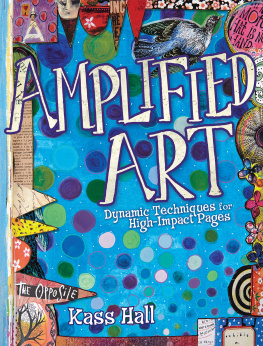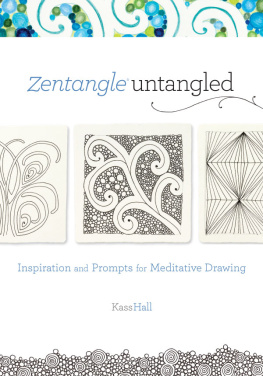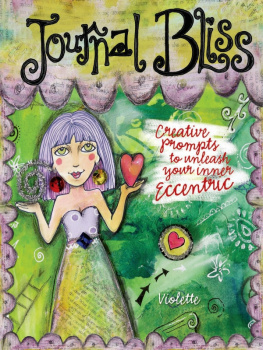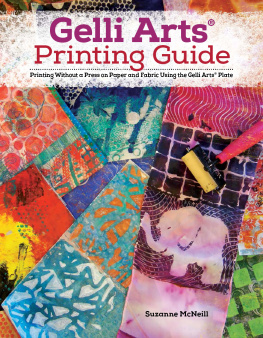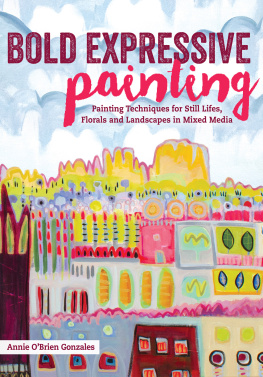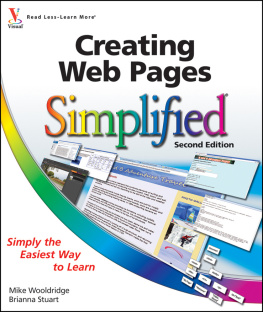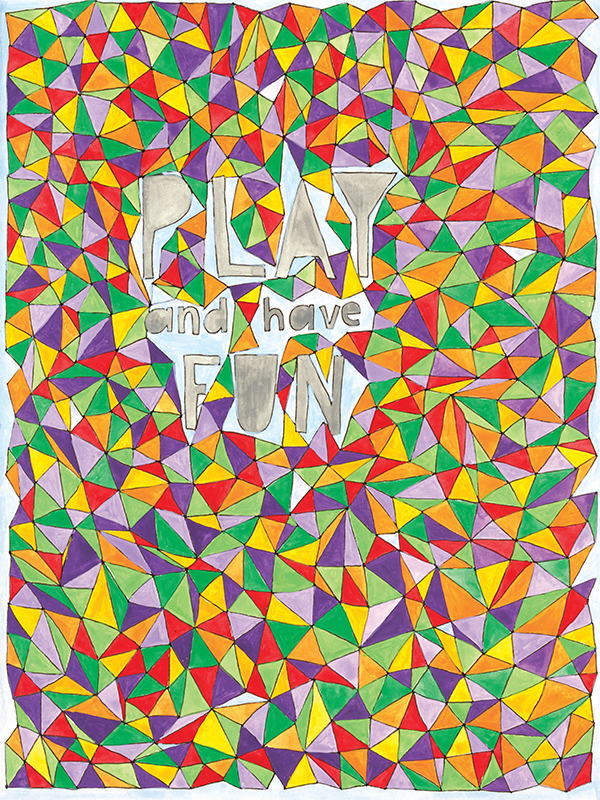Thank you for purchasing this Artist Network eBook.
Sign up for our newsletter and receive special offers, access to free content, and information on the latest new releases and must-have art resources! Plus, receive a coupon code to use on your first purchase from NorthLightShop.com for signing up.
or visit us online to sign up at
http://artistsnetwork.com/ebook-promo
Dedication
Dedicated to Jakob, Lukas and Millie; Addie and Macy; Laura, Olivia and Monique; Jeremy and Zoe, my beloved niblings. Im so crazy proud of you all.
And to my dad, the best Starbucks date a girl could hope for!
Contents
CHAPTER ONE
CHAPTER TWO
CHAPTER THREE
CHAPTER FOUR
CHAPTER FIVE
CHAPTER SIX
CHAPTER SEVEN
INTRODUCTION
Your Art, Your Pages
Whether you call it an art journal, a visual diary, a sketchbook or something else, the journal has recaptured the imagination of artists and amateurs across the globe in recent years. No longer just a place for art students and designers to record and experiment, the journal has taken up a space of its own as a work of art, in and of itself.
Of course, there have always been dedicated book artists, but the kind of journals youll see in this book are of the more recent phenomenon. There have always been some whove kept (what I call) an art journal. However, the explosion of Weblogs, books and classes in the last decade or so tells us that there has been an explosion of interest in the art journal as art. That is the kind of journal I want to tell you about in this book.
About a decade back, after a year or two of scrapbooking, I first heard the term art journaling. I was starting to experiment with paint and collage, and I enjoyed it far more than what Id been doing. I was not flush with talent. When I applied to (and somehow got accepted into) a Visual Art and Design degree program in 2006, Im not sure my professors were convinced I had much talent, either. What I did have was determination to learn and a genuine passion for art, and I gradually improved. That said, I am confident I am not speaking out of turn when I say my senior lecturer believed my talent was in the visual diaries and journals we had to keep as part of the record-keeping process of art school. So much so, instead of hanging my (much labored over) oil painting at my graduate exhibition, he tore the pages from my journal that had served as my reference points (including photographs) and displayed them instead.
Im going to make you a series of promises about the pages that follow:
- I will never, ever, tear pages out of your journal and display them. (Years later, Im still getting over that!)
- I will encourage you to play and experiment until your heart is content. The joy of an art journal is that you are not obliged to show it to anyone, so you can make mistakes, learn and develop at your own pace, without judgment or fear. Its a safe place to feel artistically vulnerable. There is no right or wrong in art journaling. Its all about what works for you.
- I will show you the tips and tricks I have learned along the way since I started journaling. These are just my ideas; you are not obliged to follow my instructions, but you are encouraged to take them and go a step further. As a teacher, there is nothing more rewarding to me than seeing students go above and beyond what Ive been able to show them in our limited time together. Its something I thrive on.
- The examples I have created throughout this book certainly have a distinct style. My influences within the art journaling world and the wider art community are obvious. They may not appeal to everyones taste, but thats OK, because they dont have to. These are MY pages. The techniques I show you in this book are designed to help you create YOUR pages. They shouldnt be replicas of my journals. Art journaling is personal. Make your pages YOURS.
The most important thing is to have fun! Art journaling should be an enjoyable process that brings satisfaction to your life. We are not solving a world crisis here; were journaling. Keep the idea of FUN and PLAY at the forefront of your mind, and lets go!
Materials
When teaching classes around the world, my most asked question is about art materials. What follows is what I tell my students.
- Playing and experimenting are the fun parts of having an art journal. Not every technique you try will work out, and not every material you try will suit your purposes. Dont be afraid to try new things and dont get hung up on having the in product, especially in the early stages of your play.
- When starting out, buy just a few of any one material. A brand or product that is beloved by one artist may not be what youre looking for. Many times I have tried products on the recommendation of other artists and, although they were good-quality materials, I found they werent for me.
- For example: acrylic paint. When I was traveling in the United States a few years ago, I bought little bottles of a popular acrylic paint brand because it was the in thing. They are very expensive where I live, so I bought every color the store hadabout forty-five bottles. Five years on, I still have many of them because I like my paints more opaque than these paints generally are. The take-home message is that had I bought half a dozen basics and played first, Id have recognized that, while they are high-quality paints, they dont really suit my style of art journaling. Not to mention Id have saved myself a couple hundred dollars. I have a strict philosophy of use what you have so I am slowly emptying those paints, but I wont buy them again and the lesson has stayed with me.
- A few good-quality basics are much more useful to you than a room full of supplies. Trust me: I have a room full of supplies yet I go to my core materials on every occasion. There are no hard-and-fast rules about what you must have. Ive listed some things I think every art journalist will use and enjoy, but its just my opinion. Play, experiment and test products out when you can. Youll soon start to get a feel for what works for you. It may not be what works for others.
- Buy the best you can afford. Good-quality paintbrushes, when looked after, are investments that pay for themselves. You dont have to have the best of everything, but a few of the better products are going to be more effective than heaps of crappy stuff. Youll feel better about your work if you are invested in itemotionally and, to some extent, financially. You dont have to spend a lot, just invest wisely.

